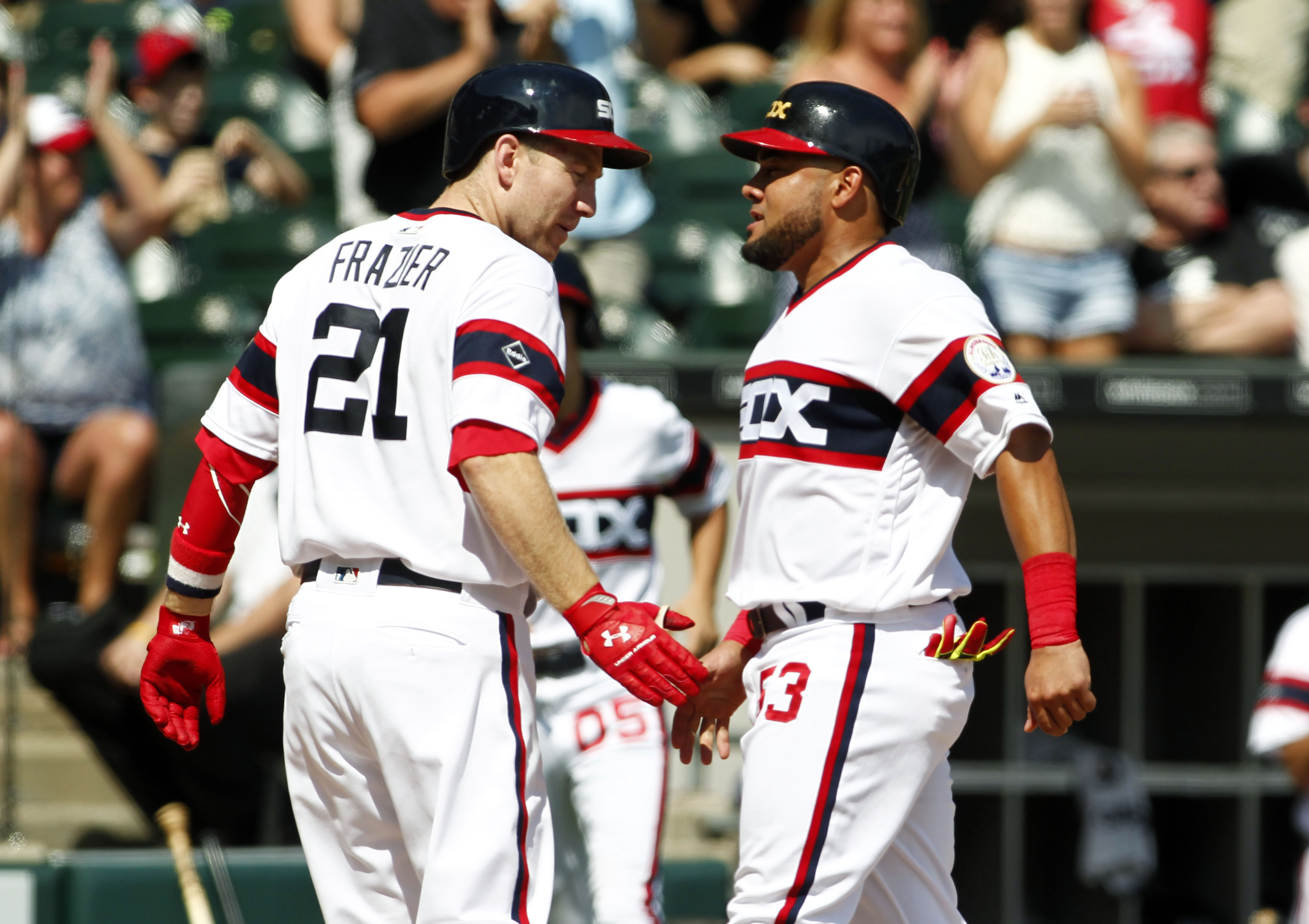On the eve of the season, we posted a set of expectations for the players on the White Sox roster. Given the shape of the roster and the trades over the winter, it’s not surprising that our expectations for several of the players was that they’d get traded during the course of the year. While it’s still quite early for players, it’s not as early for teams, and so it’s worth checking in to see which White Sox are any more or less likely to finish the season in a different organization’s laundry.
The picture isn’t much clearer than it was in March for Joses Quintana and Abreu — both are under contract for a couple more years, so they don’t have to be dealt this year. Moreover, trying to size a deadline package for a star who’s not a rental is next to impossible from the outside, since it’s much harder to rule teams in or out on a player that demands a bigger return. For better or for worse, Quintana’s tepid start and Abreu’s solid-but-spiky first six weeks don’t mean much.
For the two proper rentals on the team, the first six weeks haven’t been kind to their trade values. Melky Cabrera’s tAV of .226 would be a career-worst by 25 points, and while he’s due for a bit of a bounce back just based on BABIP luck, it’s not out of the question the power’s just gone. He probably always needed to get off to a hot start to get something more than a lotto ticket on the trade market, but barring a huge streak he’s now more likely to bring back a Nolan Sanburn than a Leury Garcia. (He’s not helped that there aren’t many contenders that need help in left field or a so-so bench bat. The Diamondbacks sort of fit the bill, but for now it’s hard to guess what shape they’ll be in at the deadline.)
The market for third basemen is at least a bit more open, with the Cardinals, Mets, and Red Sox all teams with reason for skepticism about their current situations at the hot corner and some shot at the playoff chase. (Amusingly enough, depending on how teams decide to value Melky’s switch-hitting, Todd Frazier might actually be a better left field/bench bat than Cabrera for the rest of the year.) The issue with Frazier is that there’s uncertainty for him at the hot corner — he just hasn’t been very good, though he’s got even more room for positive regression than Cabrera. While the White Sox won’t be as damaged by Frazier’s walk year slump as he likely will be, it does seem unlikely he brings back a bad piece, but they’re in better shape to get something interesting back for him than they are with Cabrera.
With the White Sox current rolling out Mike Pelfrey and Dylan Covey, it seems a little foolish to talk about trading starting pitching “depth,” but the peripherals suggest they might not have any takers anyhow — Miguel Gonzalez and Derek Holland’s respective cFIPs of 105 and 111 are pretty bad, and while Gonzalez threw a couple gems in April, neither guy has the recent track record to make him an appealing pickup at the deadline.
At least I have a couple positive nuggets to save for last, which is that the White Sox bullpen has been dominant thus far. Before Tuesday’s game against the Angels, David Robertson, Tommy Kahnle, and Anthony Swarzak were each in the top 30 in all of baseball by cFIP, and each of them (along with Nate Jones, if he gets well soon) are likely available to any contender. Right now it’d almost be more surprising if the Nationals didn’t trade for Robertson, but having three or four high-end relievers to deal, encompassing a range of contract situations and track records, means the White Sox are sitting somewhat pretty in this regard. None of the quartet will bring back what Andrew Miller or Aroldis Chapman did last season, but in Kahnle and Swarzak the White Sox appear to have found some lottery tickets worth cashing in (either for innings or in trade), and Jones and Robertson have good pedigrees that might attract a premium. It’s still early, but it’s a couple rays of sunshine peeking through the otherwise overcast trade outlook.
Lead Photo Credit: Caylor Arnold-USA TODAY Sports
